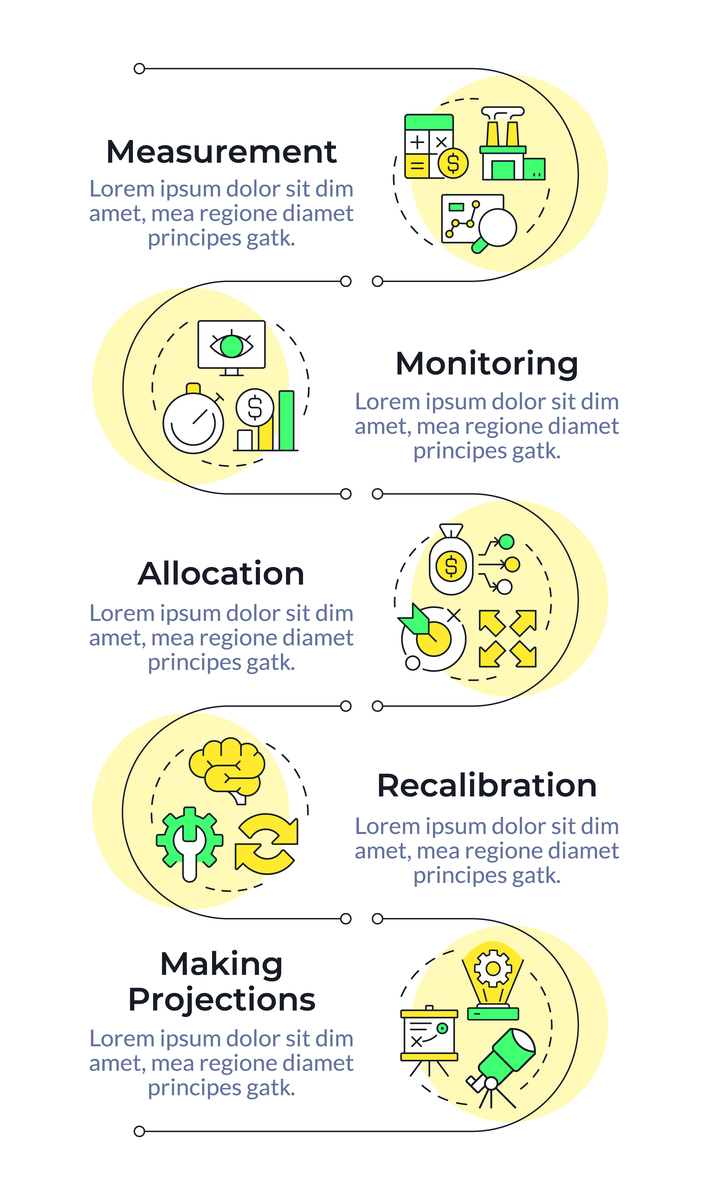Attenuation of an Asian Koi Herpesvirus Strain via Engineered ORF56-57 Deletion: A Promising Vaccine Candidate
In this study, we investigated the effects of deleting the ORF56-57 gene region in an Asian koi herpesvirus (KHV) strain (SS09) on its virulence and pathogenicity. Our results confirm the repeatability of this patented technology and demonstrate that the attenuated phenotype caused by the deletion of ORF56-57 is universal in KHV strains (Aoki et al., 2007). The findings suggest that ORF56-57 is a critical virulence factor in KHV strains and highlight the potential of the engineered ORF56-57 deletion mutant as a vaccine candidate against KHV disease (KHVD) (Wang et al., 2019).
The degree of attenuation observed in the SS09 strain upon deletion of ORF56-57 was comparable to the published European strain (FL) (Gilad et al., 2004). This finding supports the repeatability of the patented technology and suggests that the deletion of ORF56-57 leads to significant attenuation in KHV strains. Despite the SS09 strain's ability to induce almost 100% mortality, the deletion of ORF56-57 is sufficient to attenuate its virulence, indicating the critical role of the ORF56-57 loci as a virulence factor in KHV strains.
In vaccinology, selecting epidemic strains for attenuation is a common strategy (Gilad et al., 2004). Given that Asia is one of the main epidemic areas for KHV, it is logical to construct vaccine candidate strains using Asian strains. The viral growth and titer of SS09 (Fig. 2B) showed a similar trend and value compared with published data, indicating good viral adaptability on CCB cells (Wang et al., 2019).
As we know that the main portal of entry for KHV is the skin, therefore, we compared the survival rate of SS09 and SS09 Δ56-57 by immersion in an indicated dose. SS09 Δ56-57 presents extremely safe compared to its parental strain (Fig. 4) (Wang et al., 2019). Additionally, intraperitoneal injection of SS09 Δ56-57 at a high dose (10^6 TCID50/fish, 20 g/fish) resulted in 100% survival, while all fish injected with SS09 died within 5 d (Data not showed) (Wang et al., 2019). These findings highlight the safety and potential of SS09 Δ56-57 as an ideal vaccine candidate. Tests on fish of different ages need to be done in the future.
The immuno-protection induced by SS09 Δ56-57 was measured by immersion with different doses challenging by SS09 wild-type strain at the indicated time post-vaccination. We observed a dose-dependent relationship between the relative percent survival (RPS) and the immune dose (Fig. 5A) (Wang et al., 2019), indicating the effectiveness of the vaccine. Interestingly, the neutralizing antibody titer was also found to be dose-dependent (Fig. 5B) (Wang et al., 2019). Notably, vaccination with SS09 Δ56-57 by immersion induced a humoral immune response, while intraperitoneal injection elicited a comparable or higher immuno-protection, despite lower neutralizing antibody titers (Data not showed) (Wang et al., 2019). For KHV live attenuated vaccine, different vaccination methods can stimulate different immune responses with different intensities, which deserves further study on its immune mechanism.
In conclusion, the engineered ORF56-57 deletion mutant has shown promising results in attenuating the virulence and pathogenicity of an Asian KHV strain. The repeatability of this patented technology and the potential of SS09 Δ56-57 as a vaccine candidate against KHVD have been confirmed (Aoki et al., 2007; Wang et al., 2019). Further studies are needed to explore the immune mechanisms associated with different vaccination methods. The industrialization of this vaccine in China is currently underway, with the aim of translating the scientific achievements of esteemed virologist Professor Vanderplasschen's team into practical applications (Wang et al., 2019).

原文地址: https://www.cveoy.top/t/topic/fTE8 著作权归作者所有。请勿转载和采集!